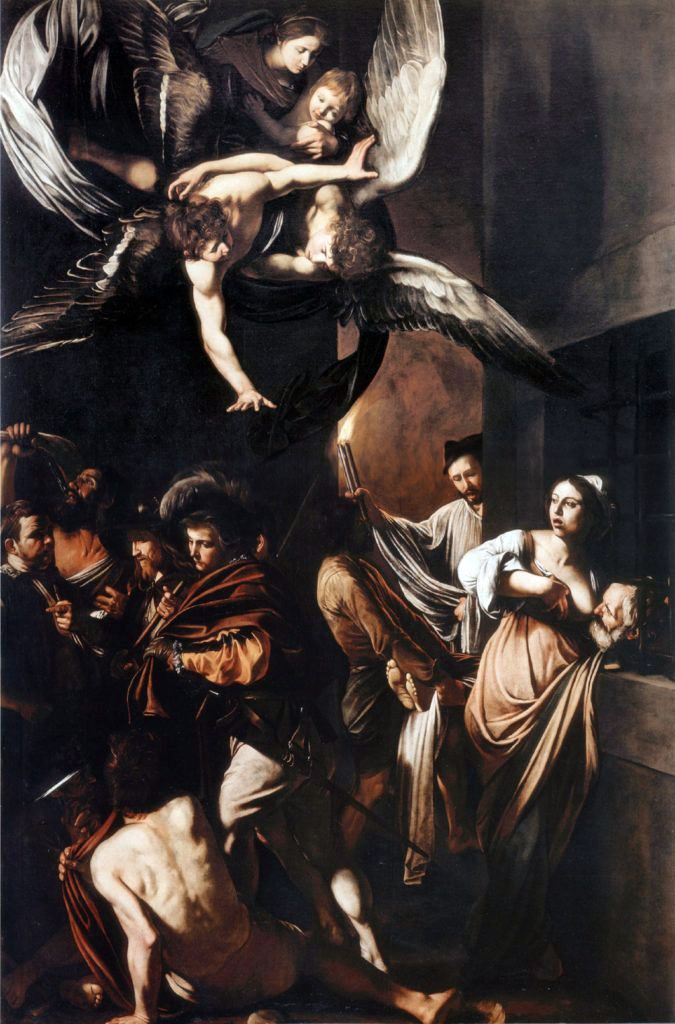
The painting “Seven acts of mercy” is also known as “7 acts of mercy.” Around 1607, it was depicted by Caravaggio oil, an Italian realist and an influential Baroque style artist.
The history of the seven acts goes back to the Gospel of Matthew. In the Catholic faith, they are embodied in the form of a set of compassionate acts aimed at material assistance to the needy.
On the basis of chapter 25 of the Gospel, the following acts were formed:
Bury the dead. In the background, two men carry a dead man. Visit the prisoners, feed the hungry. Caravaggio combines two acts in one plot. On the right, a woman visits a man in prison and nourishes him. To shelter the homeless. The pilgrim asks the innkeeper for shelter. To dress the poor. St. Martin tore his mantle in half and gave it to a naked beggar in the foreground. This refers us to a popular legend with this saint. Visit the patients. This act is represented by the meeting of a crippled beggar and Saint-Martin. Quench thirst. Samson drinks water from the donkey’s jaw.
American art historian John Spike notes that the angel in the center inspires humanity to be merciful. Samson’s choice as a character reflecting the quenching of thirst is so peculiar that it causes some shock. According to one of the stories of the old covenant, Samson, using the found donkey’s jaw, took the lives of thousands of Philistines. Then, when Samson was in danger of dying of thirst, God sent him water. Given this, it is difficult to imagine such a character in the picture of charity.
 Christ at the Column by Michelangelo Merisi and Caravaggio
Christ at the Column by Michelangelo Merisi and Caravaggio Narcissus by the stream by Michelangelo Merisi da Caravaggio
Narcissus by the stream by Michelangelo Merisi da Caravaggio Marta and Mary Magdalene by Michelangelo Merisi and Caravaggio
Marta and Mary Magdalene by Michelangelo Merisi and Caravaggio Piombo. The Scourging of Christ by Michelangelo Merisi and Caravaggio
Piombo. The Scourging of Christ by Michelangelo Merisi and Caravaggio Saint Matthew and the Angel by Michelangelo Merisi and Caravaggio
Saint Matthew and the Angel by Michelangelo Merisi and Caravaggio Sept actes de miséricorde – Michelangelo Merisi da Caravaggio
Sept actes de miséricorde – Michelangelo Merisi da Caravaggio Confidence of Thomas by Michelangelo Merisi and Caravaggio
Confidence of Thomas by Michelangelo Merisi and Caravaggio Madonna with a snake by Michelangelo Merisi and Caravaggio
Madonna with a snake by Michelangelo Merisi and Caravaggio